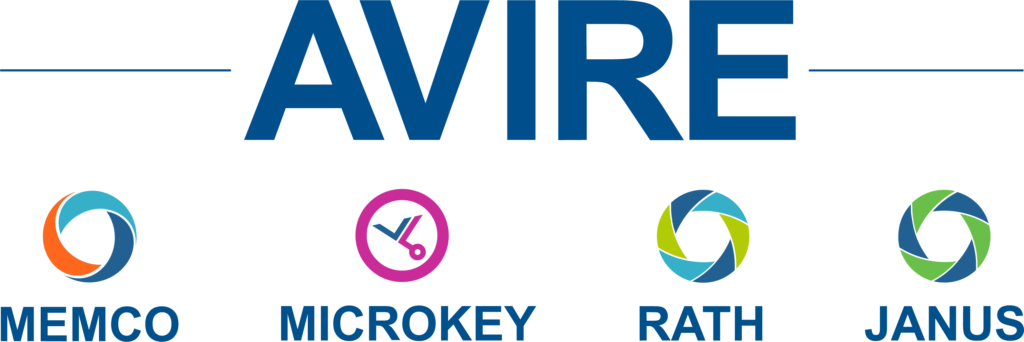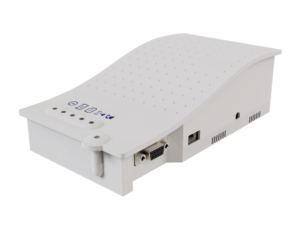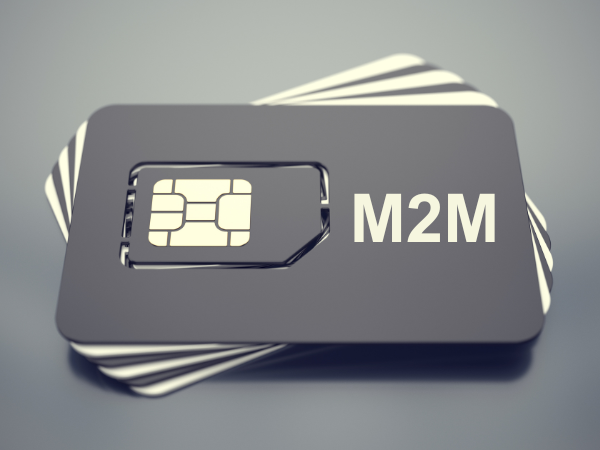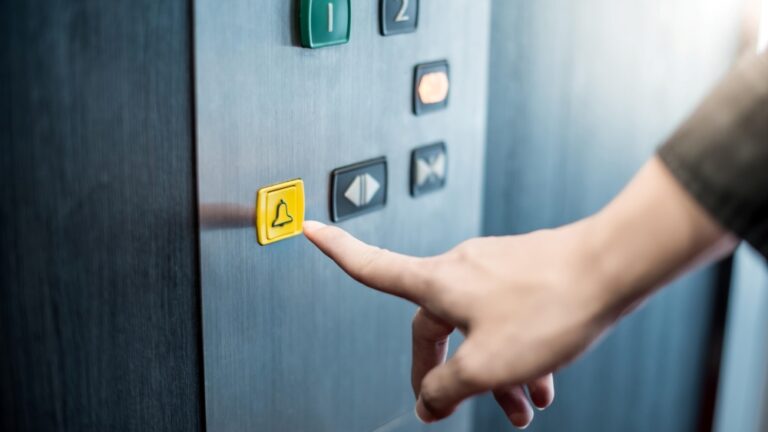Elevator emergency telephones
Elevator emergency phones with free access to the AVIRE HUB, for easy product configuration and remote monitoring.
Main products

Piattaforma di comunicazione digitale per ascensori DCP
Portare il sistema telefonico di emergenza nell’era digitale con la piattaforma di comunicazione digitale (DCP) per ascensori MEMCO conforme a EN-81-28.
Accesories
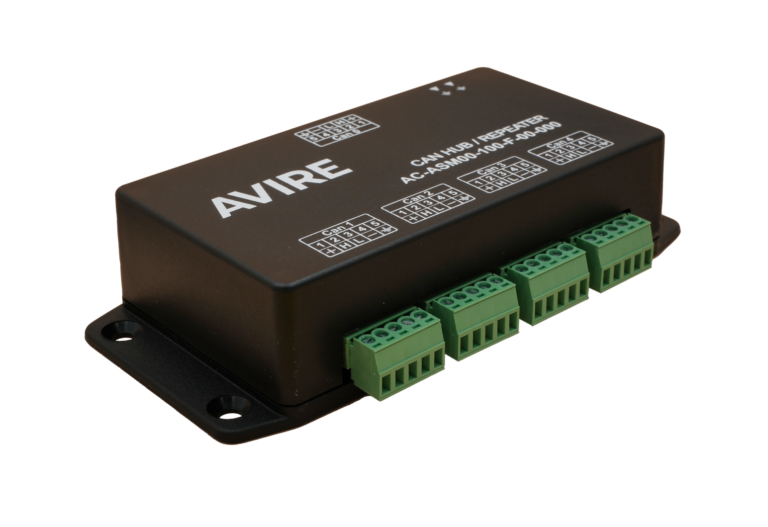
Accessori DCP Splitter Bus CAN
Il Bus CAN è il “sistema nervoso” della rete dell’ascensore e agisce come intermediario tra una piattaforma di comunicazione digitale (DCP) e diverse unità audio digitali. Collegare fino a quattro linee Bus CAN con lo splitter Bus MEMCO CAN per semplificare il cablaggio di installazione ad albero singolo o multiplo. Lo splitter Bus CAN contiene cinque resistenze terminali CAN e non necessita di alimentatore.
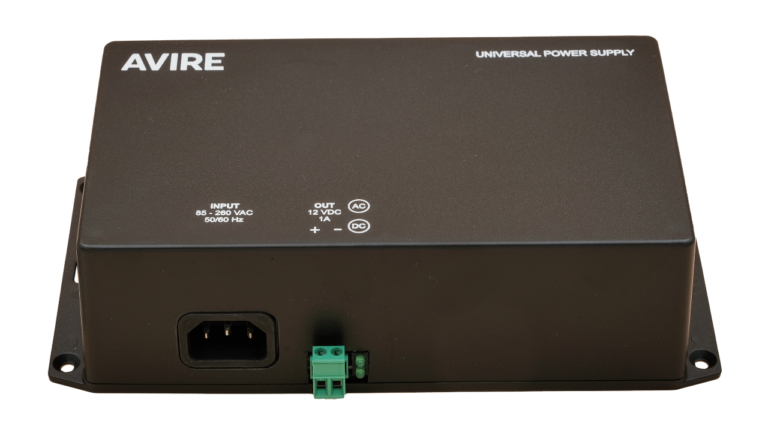
Accessori DCP Alimentatore universale
L’alimentatore universale MEMCO viene montato nella sala motori e fornisce sia alimentazione a 12 V CC che batteria tampone per supportare un sistema Bus CAN esteso per la piattaforma di comunicazione digitale.
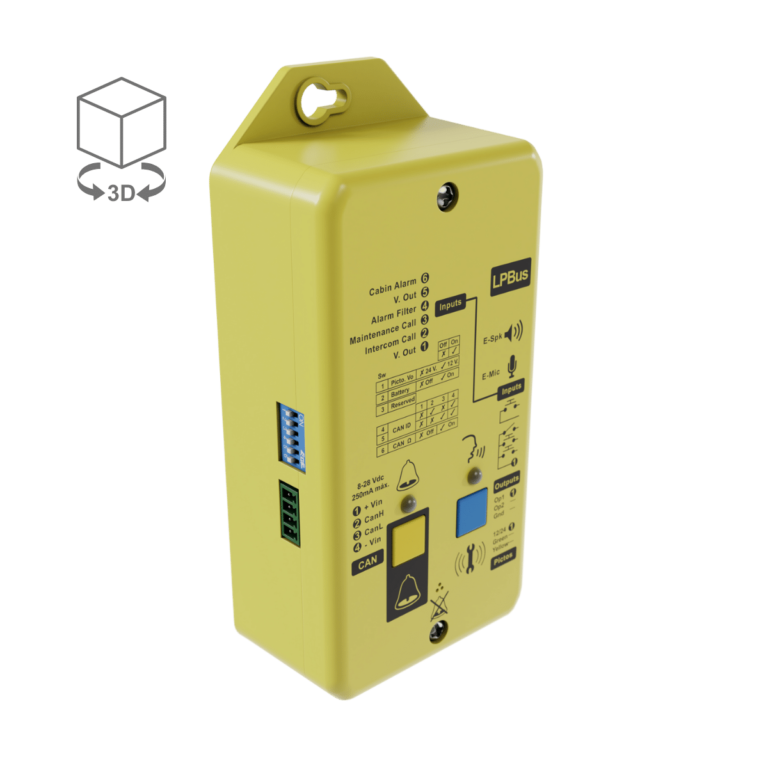
Accessori DCP Unità audio digitale per parte superiore della cabina
L’unità audio digitale per parte superiore della cabina (TOC DAU) MEMCO è una soluzione telefonica di emergenza compatta, affidabile e conforme. Si collega alla piattaforma di comunicazione digitale (DCP), fornisce un punto di allarme TOC, un altoparlante esterno e un microfono all’interno della cabina dell’ascensore, perfetta per gruppi di ascensori.
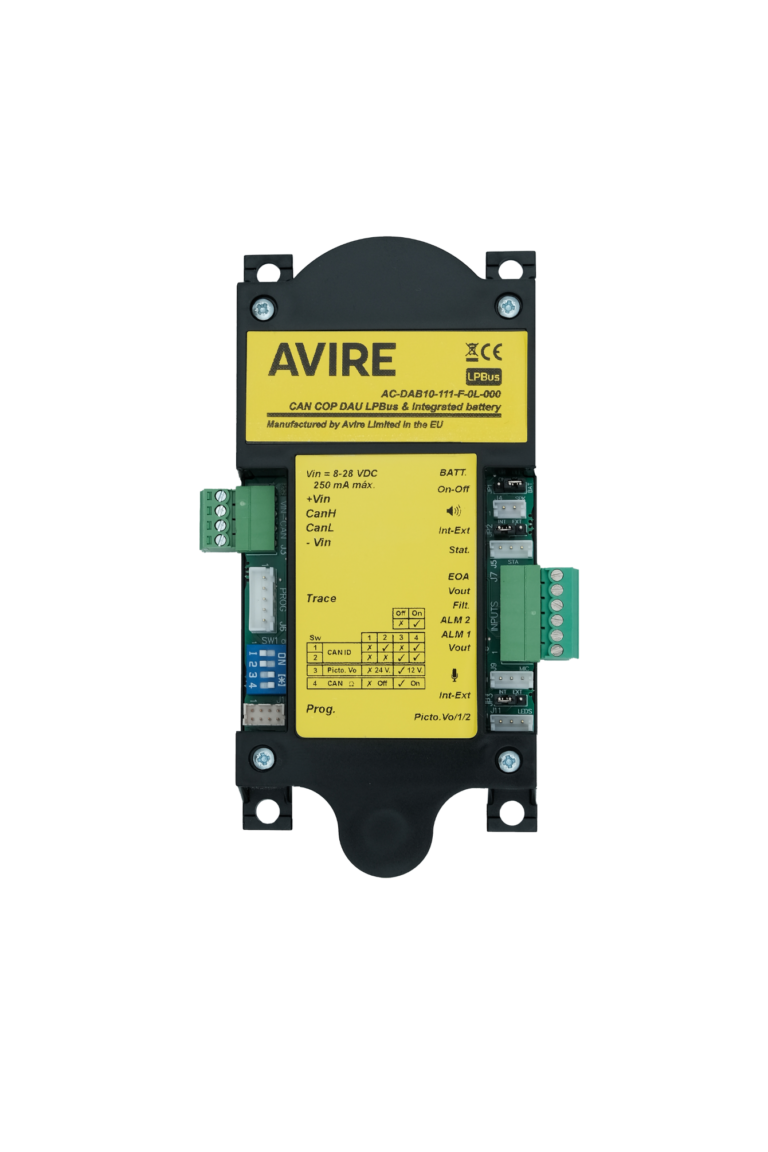
Accessori DCP Unità audio digitale COP
Un’unità audio per ascensore che fornisce audio digitale di alta qualità, se installata con la piattaforma di comunicazione digitale (DCP) di emergenza per ascensore. Montata dietro il pannello operativo della cabina (COP), la sottile unità audio digitale COP dispone anche di una batteria tampone integrata.

Accessori DCP Telai di cablaggio
Parte del sistema di comunicazione di emergenza MEMCO. Telaio di cablaggio sia per l’unità audio digitale del pannello operativo della cabina (COP DAU) che per l’unità audio digitale della parte superiore della cabina (TOC DAU). Compatibile con OEM.
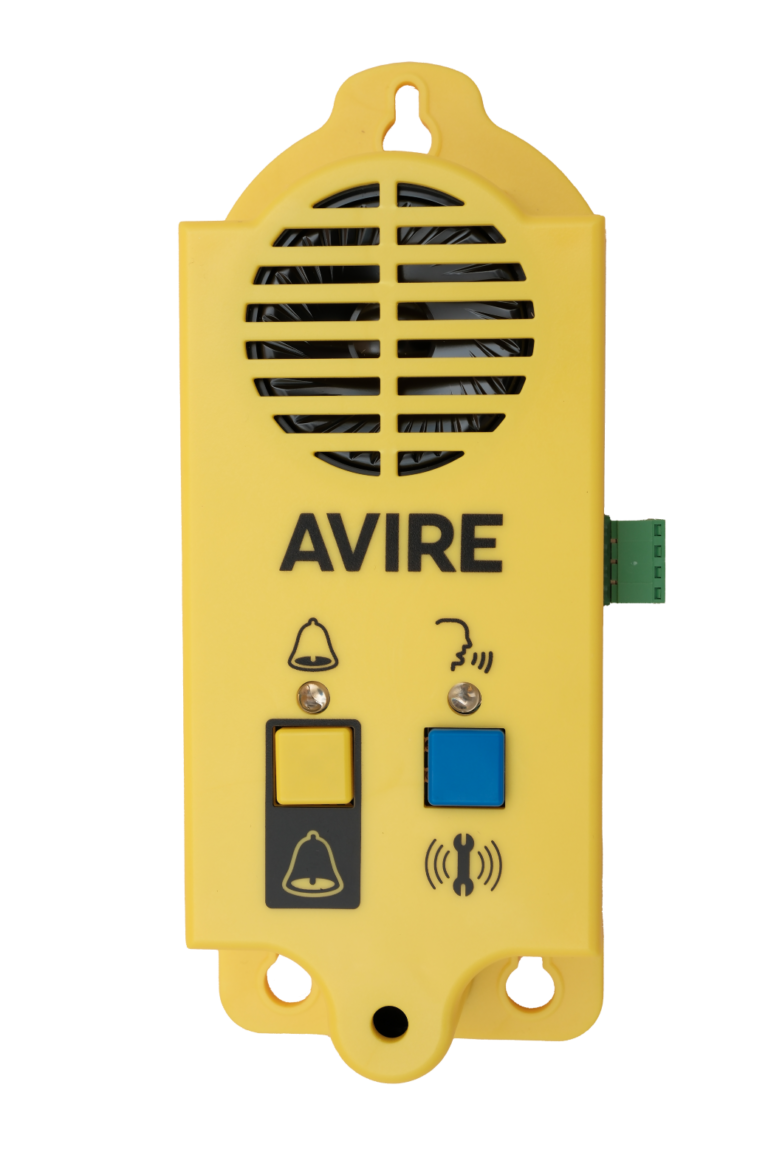
Accessori DCP Unità audio digitale telefono da fossa
L’unità audio digitale MEMCO PIT è un telefono da fossa montato nella fossa di un vano ascensore per fornire un punto di comunicazione di emergenza quando è collegato alla DCP. Dispone di una batteria tampone di emergenza e la sua scocca è gialla per maggiore visibilità.
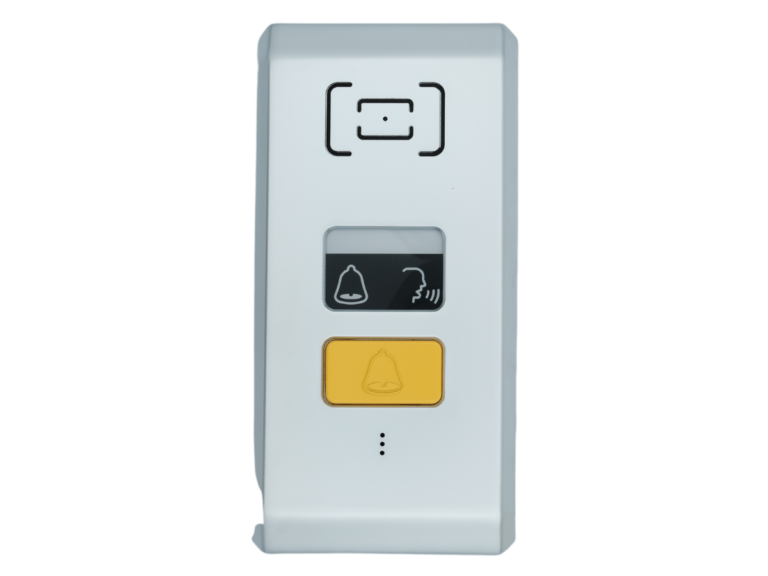
Accessori DCP Modulo audio montato su superficie
Il modulo audio montato su superficie MEMCO slimline viene montato sul pannello operativo della cabina (COP), con collegamento facile da installare all’unità audio digitale (DAU), per fornire audio digitale di alta qualità.
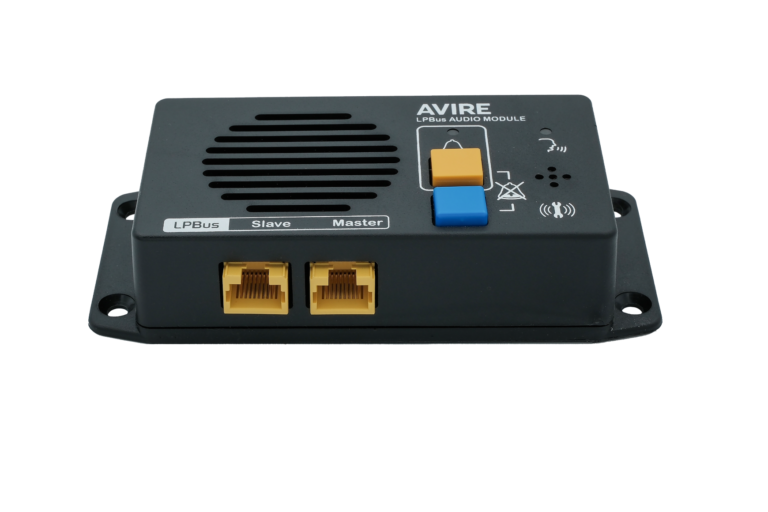
Accessori DCP Unità trifonica
L’unità trifonica è un modulo audio digitale, alimentato da unità audio digitali (DAU), che può essere utilizzato con la piattaforma di comunicazione digitale (DCP) per comunicazione di emergenza interna o esterna dell’ascensore. Può essere installata nella parte superiore o inferiore della cabina dell’ascensore.
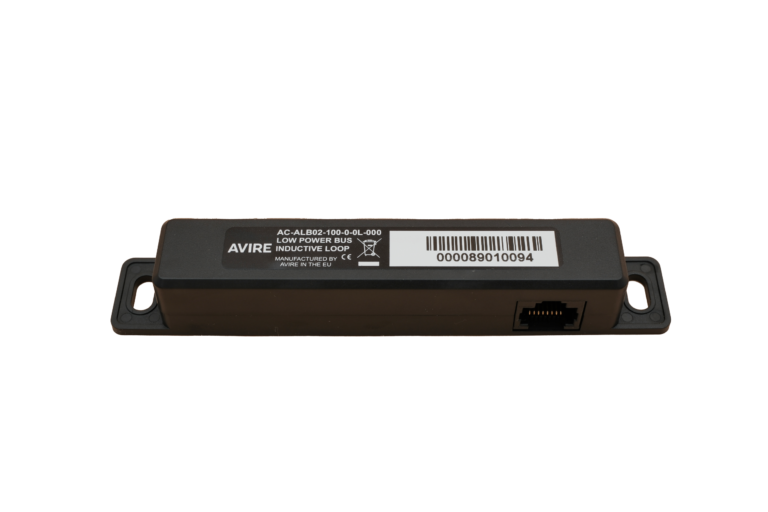
Accessori DCP Circuito induttivo
Il circuito induttivo MEMCO trasmette un segnale audio nitido direttamente nell’apparecchio acustico dei passeggeri con problemi di udito, garantendo la conformità alla norma EN81-70. Può essere installato dietro al COP (anche retroattivamente), con collegamento LPBUS alla DAU.
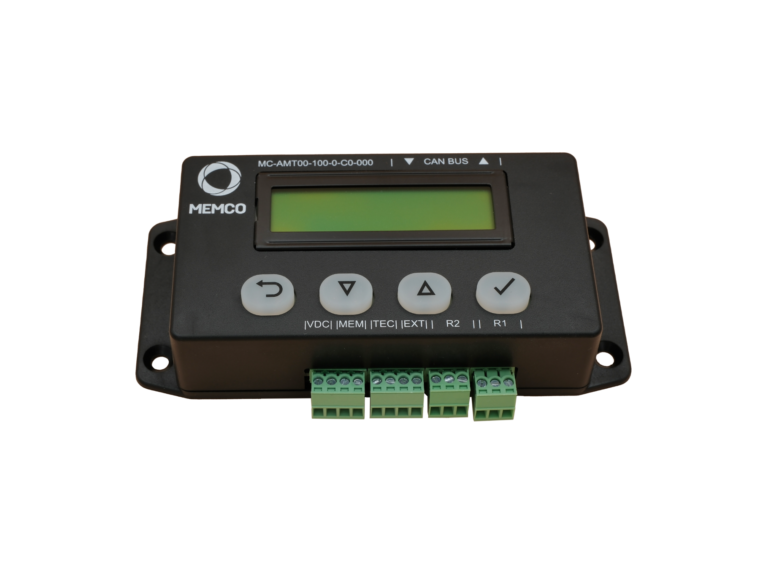
Accessori DCP HAWK per ascensori
Il monitoraggio dell’ascensore da remoto riduce chiamate ai tecnici per falsi problemi, inutili e costose. Il sensore per ascensore compatto monitora i movimenti dell’ascensore. Per identificare eventuali possibili problemi, il sistema ad autoapprendimento identifica i periodi a bassa attività per effettuare autonomamente i test.
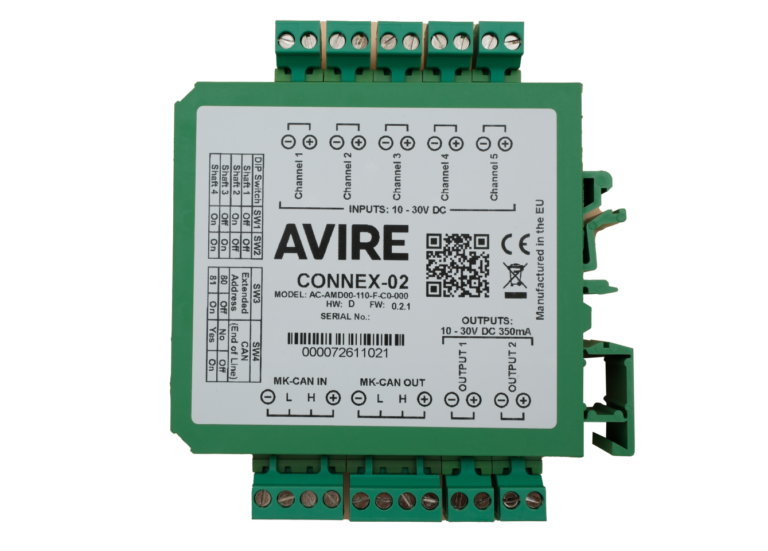
Accessori DCP Connex-02
Connex-02 è un modulo di controllo da remoto per ascensori che, con la DCP, fornisce monitoraggio dell’ascensore tramite AVIRE HUB. Input e output definiti dall’utente consentono il monitoraggio dello stato di assistenza o manutenzione, del tempo di permanenza del tecnico in loco, dei cicli delle porte e molto altro.
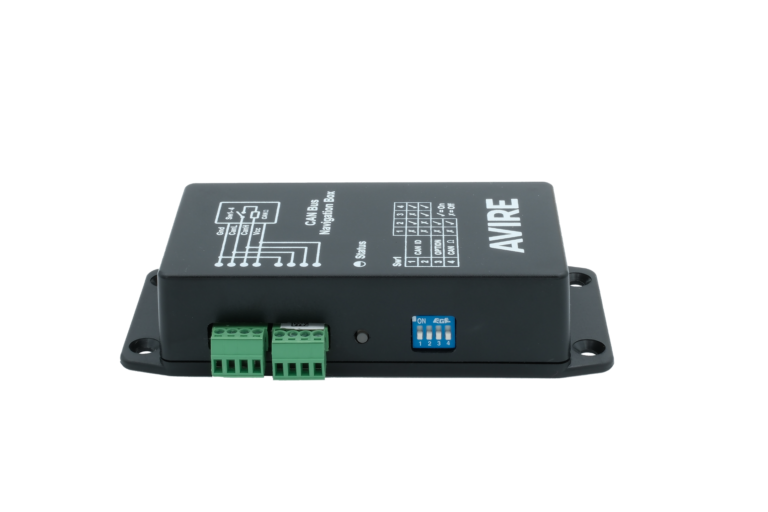
Accessori DCP Cassetta di navigazione
Un sensore intelligente che fornisce informazioni dettagliate sulle corse dell’ascensore. La casella di navigazione per ascensori aiuta i proprietari di edifici e i fornitori di manutenzione a prendere decisioni informate e basate sui dati relativamente alla tempistica della manutenzione essenziale per ridurre malfunzionamenti e tempi di fermo.
